
What Things Are Cast? Detailed Explanation of the Most Complete Casting Process in History
2024-02-08 08:00
A production method in which liquid metal is poured into a mold cavity that is suitable for the shape and size of the part, and then cooled and solidified to obtain a blank or part, which is usually called liquid metal forming or casting.
Process flow: liquid metal → mold filling → solidification shrinkage → casting
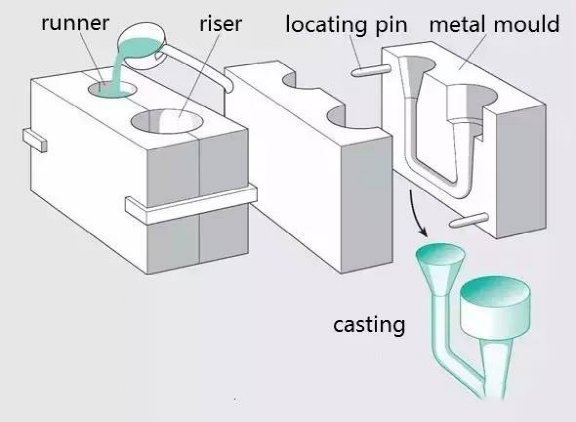
Process features:
1. It can produce parts with any complex shape, especially parts with complex inner cavity shapes.
2. Strong adaptability, no restrictions on alloy types, and almost no restrictions on the size of castings.
3. The sources of materials are wide, the waste products can be remelted, and the equipment investment is low.
4. High scrap rate, low surface quality, and poor working conditions.
Casting classification:
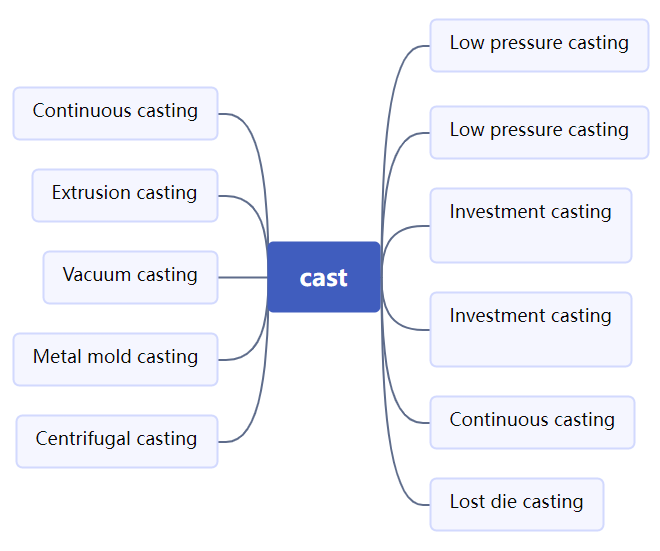
(1)Sand casting
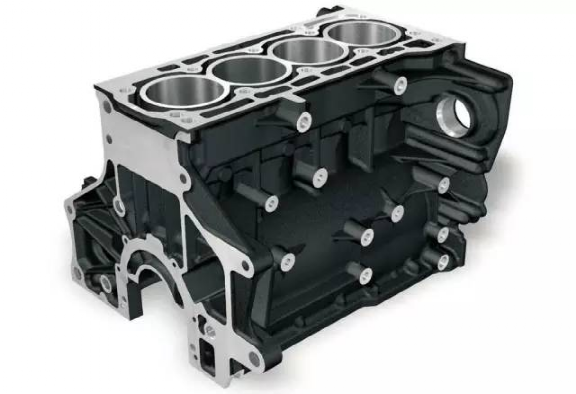
Sand Casting: A casting method that produces castings in a sand mold. Castings of steel, iron and most non-ferrous alloys can be obtained by sand casting methods.
Process flow:
Sand casting process
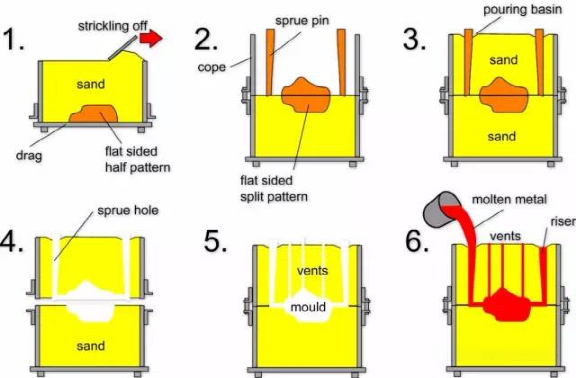
Technical features:
1. Suitable for making blanks with complex shapes, especially those with complex inner cavities;
2. Wide adaptability and low cost;
3. For some materials with poor plasticity, such as cast iron, sand casting is the only forming process for manufacturing parts or blanks.
Application: automotive engine cylinder blocks, cylinder heads, crankshafts and other castings
(2)Investment casting
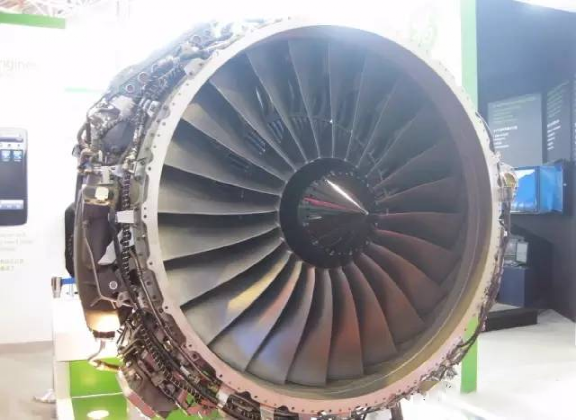
Investment casting: usually refers to making a pattern from a fusible material, covering the surface of the pattern with several layers of refractory materials to form a mold shell, and then melting the pattern and expelling the mold shell, thereby obtaining a mold without parting surfaces, which is then roasted at high temperature Then the casting plan can be filled with sand. Often called "lost wax casting."
Investment casting process
Process characteristics
1. High dimensional accuracy and geometric accuracy;
2. High surface roughness;
3. It can cast castings with complex shapes, and the alloys cast are not limited.
Disadvantages: complicated process and high cost
Application: Suitable for producing small parts with complex shapes, high precision requirements, or difficult to process other parts, such as turbine engine blades, etc.
(3) Die casting
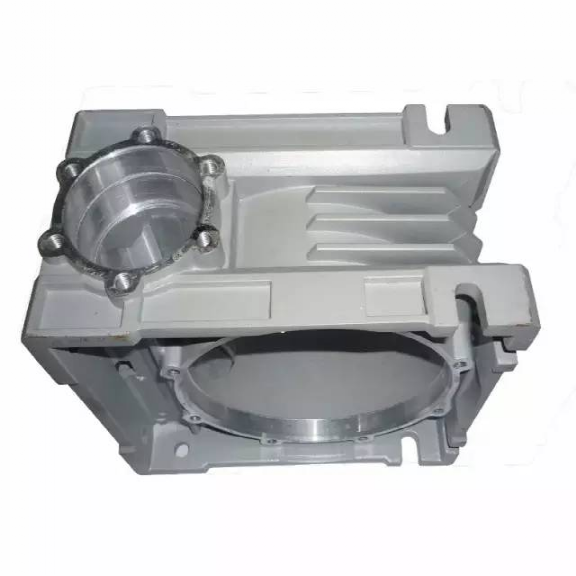
Die casting: It uses high pressure to press molten metal into a precision metal mold cavity at high speed. The molten metal cools and solidifies under the pressure to form a casting.
Process flow:
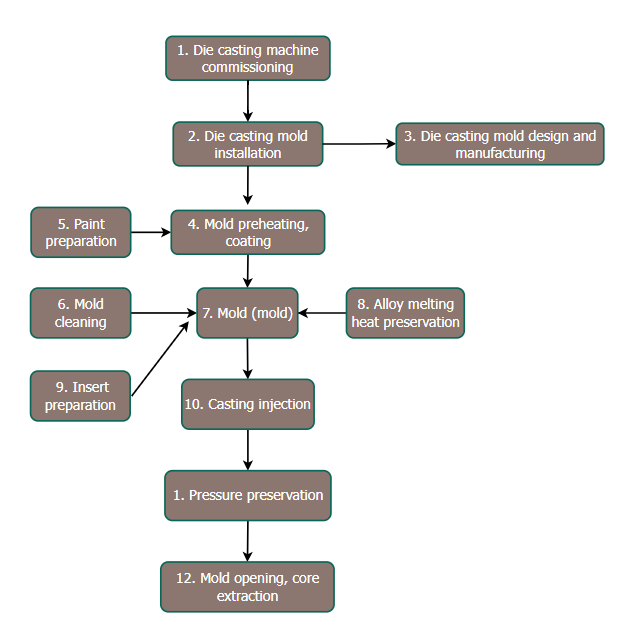
Process characteristics
1. During die casting, the metal liquid bears high pressure and has a fast flow rate.
2. The product has good quality, stable dimensions and good interchangeability;
3. High production efficiency and frequent use of die-casting molds;
4. Suitable for mass production and good economic benefits.
shortcoming:
1. Castings are prone to small pores and shrinkage.
2. Die castings have low plasticity and are not suitable for working under impact loads and vibrations;
3. When die-casting high-melting-point alloys, the mold life is low, which affects the expansion of die-casting production.
Application: Die castings were first used in the automobile industry and instrument industry, and later gradually expanded to various industries, such as agricultural machinery, machine tool industry, electronics industry, national defense industry, computers, medical equipment, clocks, cameras, and daily hardware. .
(4) Low pressure casting
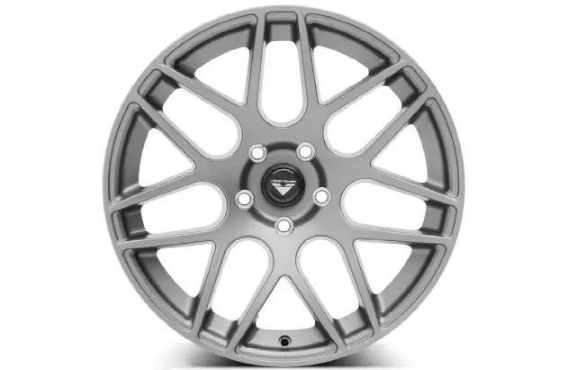
Low-pressure casting: refers to a method in which liquid metal fills the mold under relatively low pressure (0.02~0.06MPa) and crystallizes under the pressure to form a casting.
Process flow:
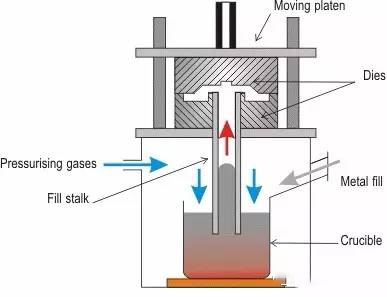
Technical features:
1. The pressure and speed during pouring can be adjusted, so it can be applied to various casting molds (such as metal molds, sand molds, etc.), casting various alloys and castings of various sizes;
2. Using bottom-injection mold filling, the molten metal is filled smoothly without splashing, which can avoid gas involvement and erosion of the mold wall and core, and improve the qualification rate of castings;
3. The casting crystallizes under pressure. The casting structure is dense, the outline is clear, the surface is smooth, and the mechanical properties are high, which is especially beneficial for the casting of large and thin-walled parts;
4. The feeding riser is omitted, and the metal utilization rate is increased to 90-98%;
5. Low labor intensity, good working conditions, simple equipment, and easy to realize mechanization and automation.
Application: Mainly traditional products (cylinder heads, wheel hubs, cylinder frames, etc.).
Get the latest price? We will reply as soon as possible (within 12 hours)
